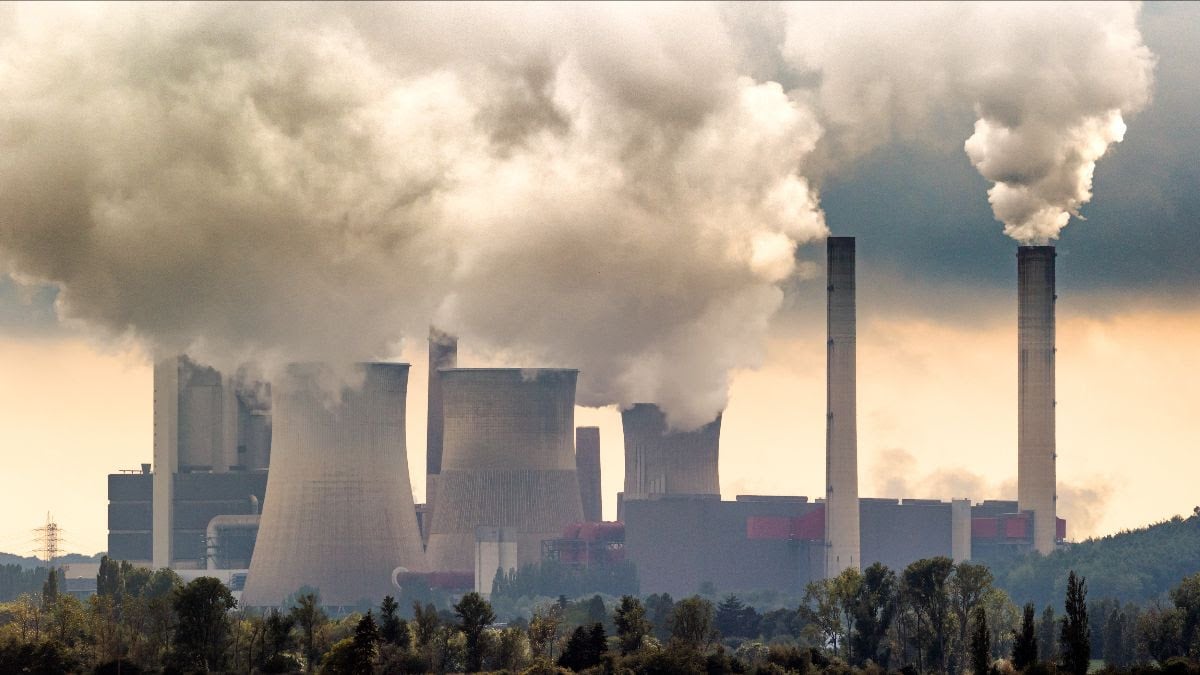




On 11 August 2020, CEEW turned 10! Our 10-year report card reads:
Ten years ago, The Council was started to serve as a platform to build careers in public policy. More than 350 people have walked through our doors. None of us has it easy all the time; none of us has it difficult all the time. It is incumbent on us to be resilient and remarkable as we strive to raise the bar. We marked 10 years of Being CEEW through a curation of the Humans of CEEW, both past and present.
Eight Stories
We can identify eight big stories emerging from CEEW’s 10-year journey. Like an epic, they weave parallel narratives, subtexts and insights about how we have evolved.
1. Putting people at the centre of world-class research: Our work on energy access, extensive primary data, and engagement with the government led to the development of the Saubhagya scheme to achieve universal household electrification, impacting 125 million lives. We have also indirectly impacted 400 million lives through our extensive work on improving the Ujjwala scheme for clean cooking energy fuel.

2. Only way to predict the future is to shape it: Our objective analysis for the Prime Minister’s Office contributed to setting the target of 175 GW of renewables by 2022, potentially creating a workforce of 330,000 people. We were also involved in conceptualising, designing, and developing the strategy for the International Solar Alliance (ISA), the first intergovernmental organisation co-founded by and headquartered in India.

3. Transforming markets for good: The CEEW Centre for Energy Finance, the USD 3 million Powering Livelihoods initiative, a power sector project in Uttar Pradesh impacting 7.2 million consumers, the Common Risk Mitigation Mechanism to mobilise affordable finance at scale for solar, and establishing the Clean Energy Access Network (which unlocked at least USD 3 million in value and impacted 200 enterprises) are all examples of our actions within and outside India to facilitate the flow of billions of dollars into more sustainable infrastructure.

4. Creating a democratic demand for clean air: CEEW has been pivotal in envisioning Mission 80-80-80. The mission aims to reduce air pollution by 80 per cent in 80 cities by 2027, when India will turn 80 as an independent nation and demand year-round focus on the quality of lives and livelihoods of 80 per cent of Indians breathing unhealthy air.
5. Plotting low-carbon pathways: We modeled uncertainties across 200+ scenarios for India's low-carbon pathways and mid-century strategy; created the largest database on India's industrial GHG emissions: and are now contributing to drafting the National Hydrogen Mission as a foundation of low-carbon industrialisation.

6. Getting a deal: CEEW has been instrumental in building trust between governments while contributing deep analytical insights that have helped shape the Paris Agreement (and now its transparency framework), the Kigali Amendment to the Montreal Protocol, and the aviation emissions deal at the International Civil Aviation Organization.
7. Looking over the horizon at technology: We have undertaken pioneering work on phasing down hydrofluorocarbons (HFCs), which could avoid 3.86 gigatonnes of CO2-equivalent of emissions in India by 2050; completed 10 years of work on the governance of climate-altering or climate engineering technologies; helped to action solar irrigation and natural farming at scale; built the first framework to identify critical minerals for India; and facilitated the USD 125 million India-US joint clean energy R&D centres.

8. Hope for the best, but preparing for the worst: We have been continually forewarning climate risks and their impacts on the economy and public health at global, national and city levels. We also continue to have a strategic focus on water, from the National Water Resources Framework Study as part of the 12th Five Year plan in 2011 to the macroeconomic cost of inaction on water efficiency in 2020.